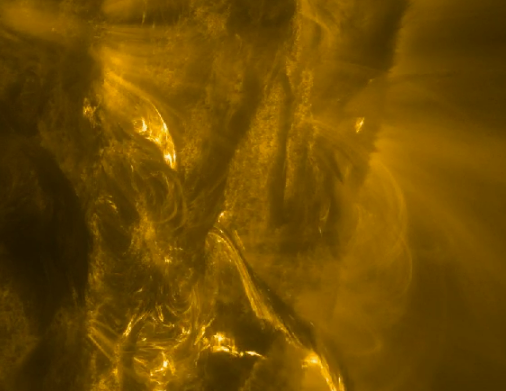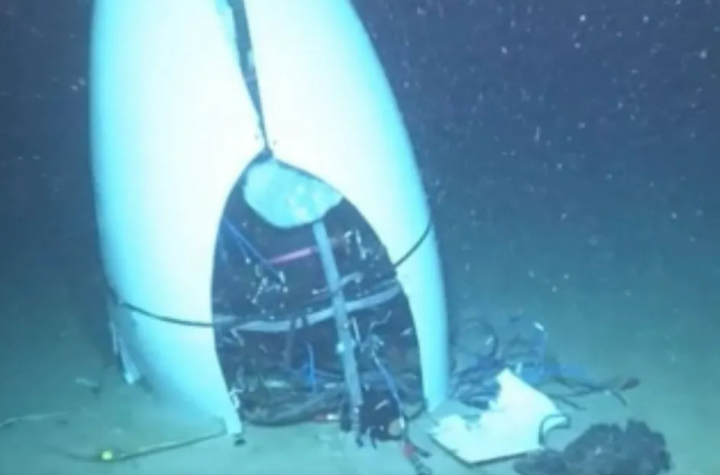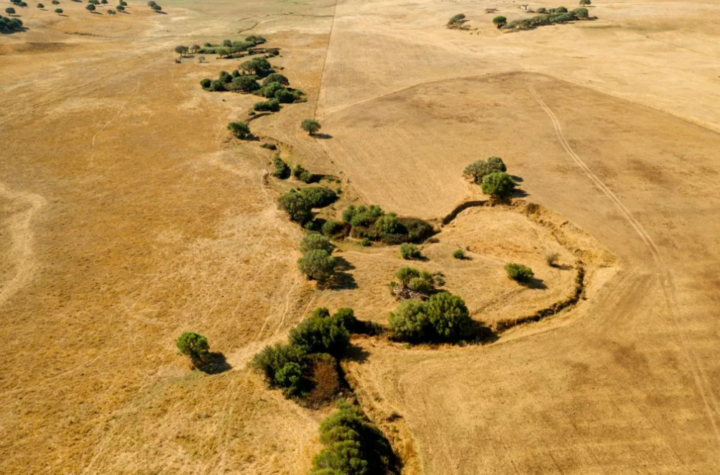Imagine waking up one day and nothing works — no GPS, no internet, no electricity, and satellites spinning out of control.
That was exactly the extreme scenario tested by engineers from the European Space Agency (ESA) in Germany, during a groundbreaking simulation of a solar superstorm.

The experiment took place at the European Space Operations Centre (ESOC) in Darmstadt and brought together dozens of space weather and communication experts. The goal was simple — and terrifying: to find out how humanity would react if a solar storm like the historic “Carrington Event” of 1859 were to happen again.
Back then, the world relied on telegraphs, yet the storm was powerful enough to cause fires in transmission lines and light up tropical skies with red auroras. Today, in our satellite-dependent, internet-connected, power-hungry world, a similar event could paralyze the planet.
🚀 A High-Pressure Test
The exercise was part of the preparation for the launch of Sentinel-1D, Europe’s newest Earth observation satellite, scheduled for November.
At first, everything went smoothly — just like a real launch. Systems were stable, communications clear, and the team was in full control.
Then, minutes later, the signals began to fail. The connection to the satellite became unstable, and the data feed filled with errors — as if it had been struck by a powerful solar eruption.
This “controlled failure” was intentional. Engineers wanted to test the team’s reaction to an extreme solar flare scenario, simulating communication breakdowns, radar interference, and navigation issues — exactly what would happen during a real solar storm.
☀️ The Power of the Sun
Solar flares are massive bursts of energy caused by magnetic disturbances on the Sun’s surface. They can heat solar plasma to millions of degrees and unleash enormous amounts of radiation and charged particles into space.
When this energy reaches Earth’s magnetic field, it can cause geomagnetic storms, disrupting satellites, power grids, and communication systems.
In the ESA test, the simulated storm reached class X45 — the most intense level on the solar flare scale. In a real-world situation, radiation from such an event would reach Earth in about eight minutes, leaving virtually no time to react.
The simulation also recreated the effects of a coronal mass ejection — a colossal cloud of charged particles ejected from the Sun. When these particles interact with Earth’s magnetic field, they can produce breathtaking auroras and even trigger widespread power outages.
⚡ A Warning for the Future
Although it was only a simulation, the experiment served as a wake-up call. The ESA now plans to strengthen protocols and develop new technologies to protect satellites and electrical systems from extreme solar activity.
The Sun — our source of light and life — can also become a silent threat. Understanding how it influences Earth is crucial, because the next great solar storm isn’t a question of if, but when.




More
Scientists Discover New Methane Leaks Beneath the Antarctic Ocean
Report Reveals Structural Failures in the Titan Submersible Before the Tragedy
Earth’s Inner Heat May Split Africa and Create a New Ocean